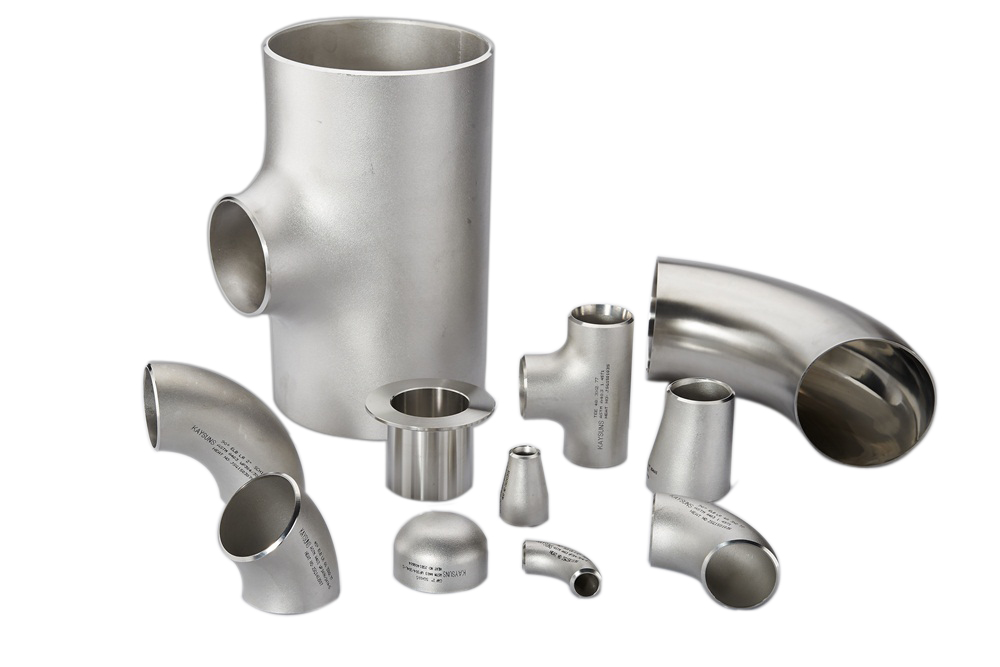
Top 5 Trends in Commercial Construction for 2021
In 2018, we wrote an article on the top trends likely to influence commercial construction that covered points such as the emergence of Green Construction methods and Cross Laminated Timber. In 2020, these trends became mainstream, with cities across the country seeing a spurt in eco-friendly construction projects.
Like any other business in any other sector, the construction industry is continually being exposed to new technologies, disruptive trends, and other buzzwords meant to convey technological significance. As any construction owner will tell you, new technology adoption follows a set timeline built on evaluation and training. However, a growing shortage of skilled construction manpower coupled with the rising cost of raw materials and customer demand has meant that today’s construction companies are quite literally racing each other to adopt whatever technological advancement can give them an edge over the competition.
From cloud computing applications in project design and cost estimations to new technologies for surveying and inspecting construction project sites, and as a sequel to our earlier article, these are our top picks for the trends to watch out for in 2021.
Table of Contents
The Growth of Computing Applications
According to a study published by reportlinker.com, the global market for construction software is expected to grow to at least $1.8 Billion by 2025. With applications ranging from 3D design to workflow and inventory management, these tools allow project managers to fully map out every aspect of a project before a single mound of earth has been dug or a palette of raw material purchased. More importantly, it allows crews to visualize the end product, exposing potential problems before they materialize, and thereby minimizing the waste of time and raw materials.
Leveraging the Power of Big Data
Easily one of the most powerful tools in a business’s arsenal, big data harnesses the unmitigated power of number crunching at scale. Able to identify patterns across a wide array of data points, big data computing can give company owners and project managers insight into project aspects that would otherwise be invisible. How the weather in a specific location can affect project delivery schedules, for example. Or how company finance teams can get the best price possible for raw materials by analyzing historical patterns. Big data is already a staple in firms based in Silicon Valley, but its adoption is growing steadily amongst construction companies.
Cloud Accessibility
We’ve already mentioned how construction-focused software applications are changing how companies approach project planning, budgeting, and risk analysis. Another crucial element of this feature is cloud-based data collaboration. Construction at its very heart is very much a collaborative process; the subcontractor at the project site must be fully in sync with the Architects and interior designers’ vision responsible for the project’s overall look and feel. By sharing critical data over the cloud, every member of the project is quite literally on the same page, which helps keep costs down, timelines in check, and minimizes conflict.
Virtual Reality
Already pretty wide-spread in the automotive and interior design sectors, virtual reality is starting to be used during the construction process to give construction teams a physical sense of the finished space before the work has even commenced. It allows for visualizations of architectural plans and minimizes the chance of any last-minute design errors disrupting the project. These visualizations can also be shared with the client to ensure they like what the finished product will look like before work commences.
3D Printing
Until very recently, 3D printing was considered more of a hobby rather than a mainstream construction technique. However, recent advances in the technology behind 3D printing, most notably, scaling the printer itself up to construction equipment proportions, have made it a genuine alternative to more traditional construction techniques, especially for simple structures from a design standpoint. While still in its infancy in terms of adoption, it is definitely a technology construction companies are keeping a close eye on.
Robotics
As was the case in the automotive industry, robots are fast becoming a way for construction companies to deliver greater efficiencies and mitigate the risk they face from manpower shortages. Robots are changing construction project sites across the country from raw material transport with autonomous machines to digging complex & deep foundations. While the average skilled construction worker will not lose his or her job to a robot anytime soon, robots will be called upon to perform more and more of the menial tasks around the job site, leaving the more skilled tasks to their human counterparts.
Drone Use
Never send a man to do a drone’s job. With each passing year, it seems as though drones are becoming more capable and essential. Project managers across the country have quickly realized that using drones on construction sites helps them keep a birds-eye view on progress, inspect structures that would otherwise be impossible to reach, and visually depict progress for stakeholders and investors.
There you have it—our top picks for the trends that will influence construction in 2021.



